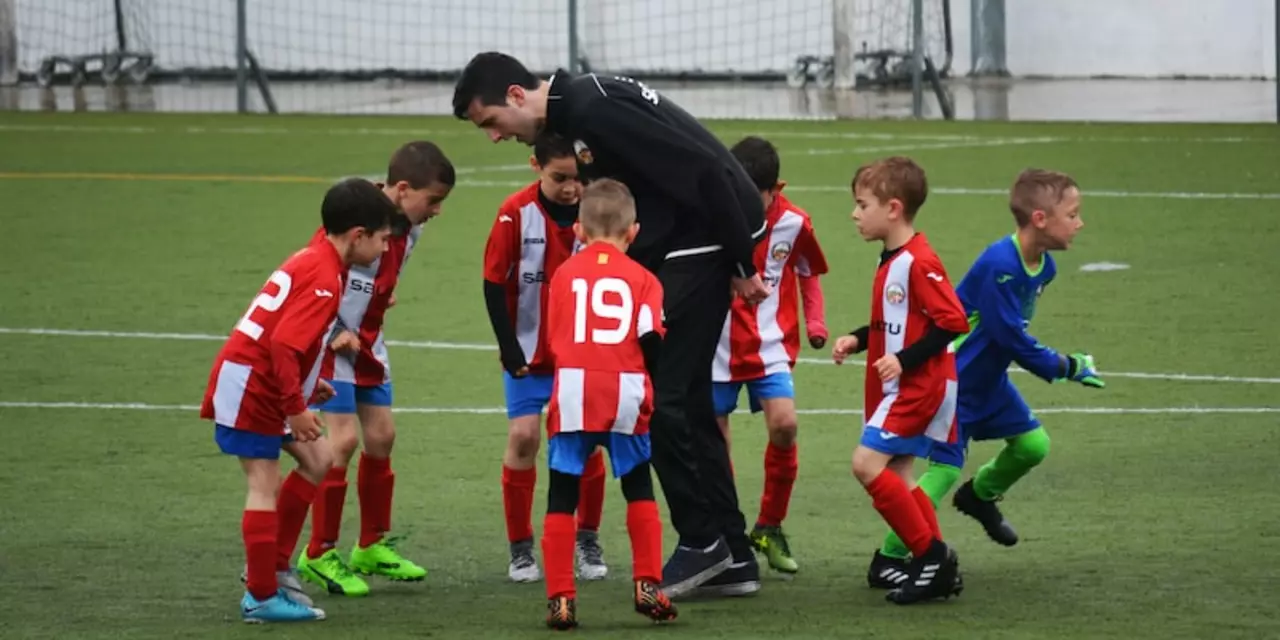Schools Sports: How to Turn Campus Play into Real Growth
Ever wonder why some schools dominate on the field while others barely field a team? The secret isn’t fancy gear – it’s a solid program that mixes fun, skill‑building, and community support. Below you’ll find practical steps to crank up any school’s sports game.
Start With a Clear Vision
First thing – decide what you want the program to achieve. Is the goal to win championships, keep kids active, or teach leadership? Write it down and share it with coaches, teachers, and parents. When everyone knows the mission, decisions get easier and enthusiasm spreads faster.
Next, survey students. Ask which sports they’d actually play and why. A quick online poll or paper questionnaire can reveal hidden interests – maybe a growing love for lacrosse or a desire for a girls’ volleyball team. Tailoring offerings to demand keeps rosters full and morale high.
Build a Strong Coaching Crew
Coaches are the heart of any school sports scene. Look for teachers who love the game, former players, or even local club coaches willing to volunteer. Offer basic training on safety, lesson planning, and positive feedback. A coach who knows how to keep practices lively and constructive will retain athletes season after season.
Don’t forget to set clear expectations. A short handbook covering practice times, equipment rules, and behavior standards helps both kids and parents know what’s expected. When rules are consistent, conflicts drop and focus stays on improvement.
Equipment can feel pricey, but smart buying saves cash. Start with community donations, second‑hand gear, or bulk orders from local sports stores. Many manufacturers offer school discounts if you ask. Remember, the goal isn’t a full‑size stadium – it’s safe, functional equipment that lets kids practice core skills.
Scheduling is another puzzle. Align practice slots with class periods to avoid academic clashes. Use a shared calendar (Google Calendar works great) so parents can track games, travel days, and open‑practice windows. When families can plan ahead, attendance improves.
Health and safety shouldn’t be an afterthought. Make sure a qualified trainer or nurse is on call for practices and matches. Simple warm‑up routines, proper hydration reminders, and concussion checks keep injuries low and confidence high.
Highlighting success stories fuels excitement. Post game scores, player of the week spots, and photo galleries on the school website or social media. Celebrate not just wins but personal milestones – a new skill mastered or a teammate’s supportive act. Recognition turns casual participants into committed athletes.
Finally, engage parents. Host a kickoff night where coaches explain the season plan, answer questions, and invite volunteers for tasks like snack prep or transportation. When parents feel included, they’re more likely to cheer loudly, drive safely, and chip in resources.
School sports are more than trophies; they teach discipline, teamwork, and confidence that spill over into classrooms and future careers. By setting a clear vision, equipping coaches, managing resources wisely, and involving the whole community, any school can create a thriving athletics culture. Ready to get your campus moving? Start with one small change today and watch the momentum grow.
Sports in schools are very popular in Japan and South Korea. Both countries have a long-standing tradition of athletics and physical education in their schools, which is highly valued by their cultures. In Japan, physical education is a required subject in all schools, and in South Korea, it is a mandatory part of the curriculum for elementary and middle school students. The two countries also have strong national sports teams, and the students often receive guidance from professional athletes. In both countries, sports in schools are seen as a way to promote athletic development, physical health, and teamwork, as well as to foster strong national pride and solidarity.
View Details

